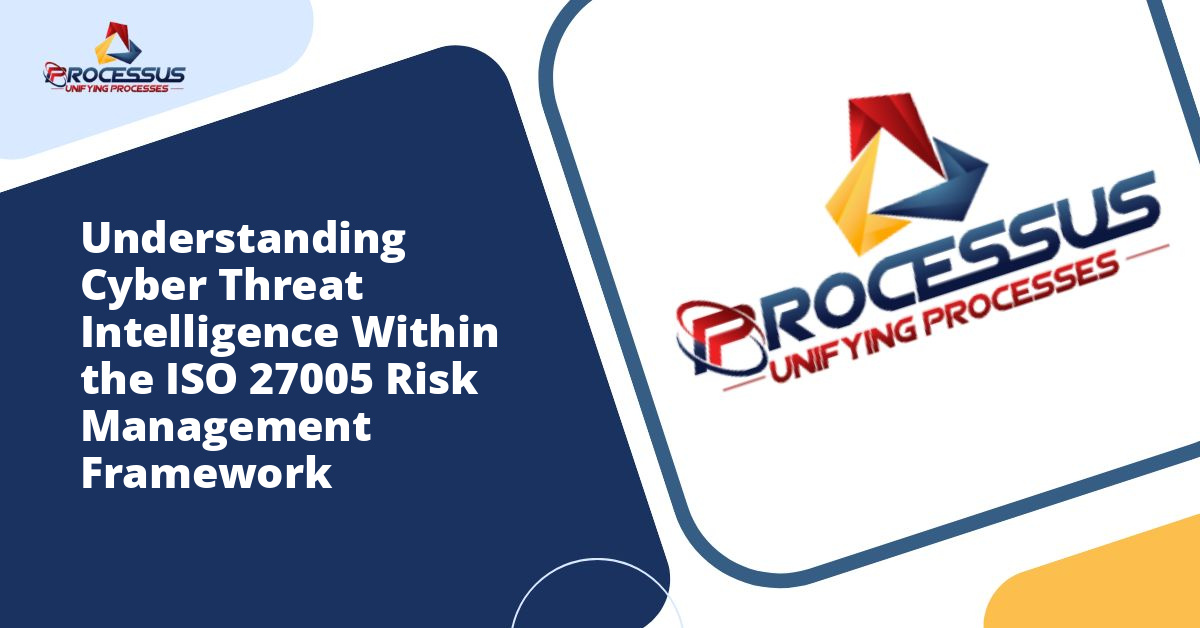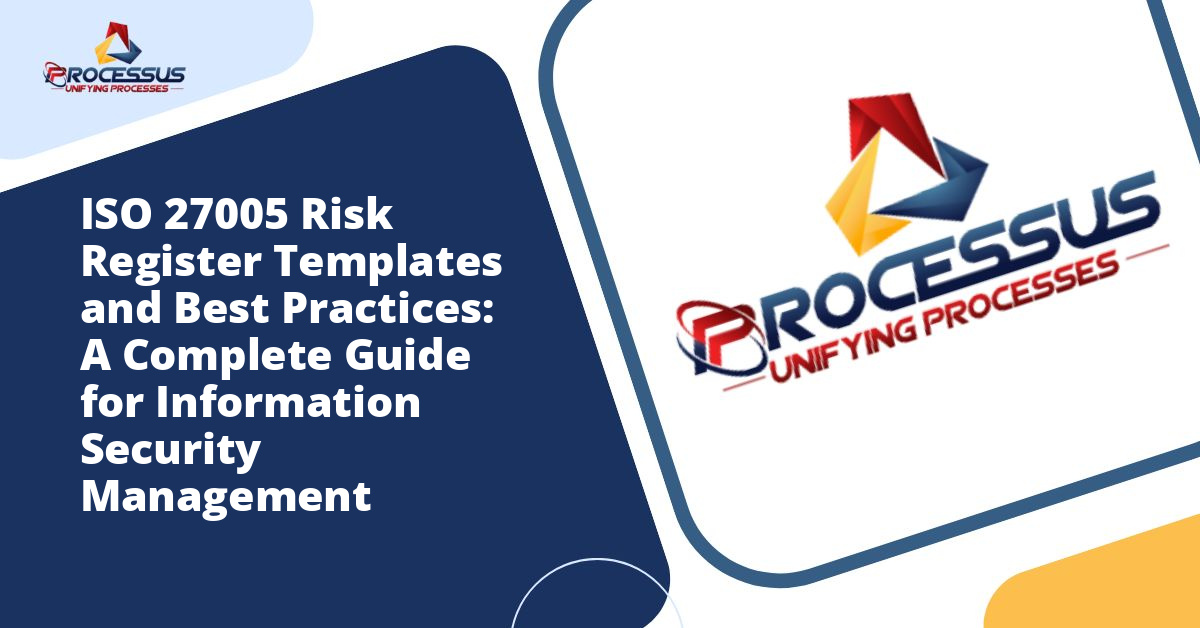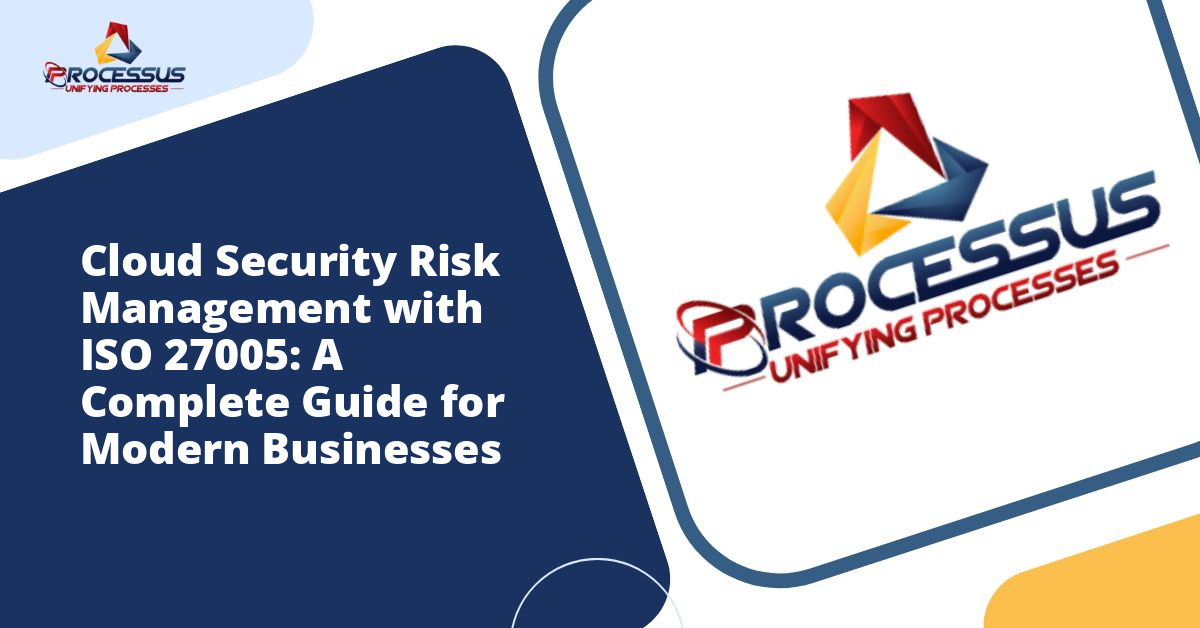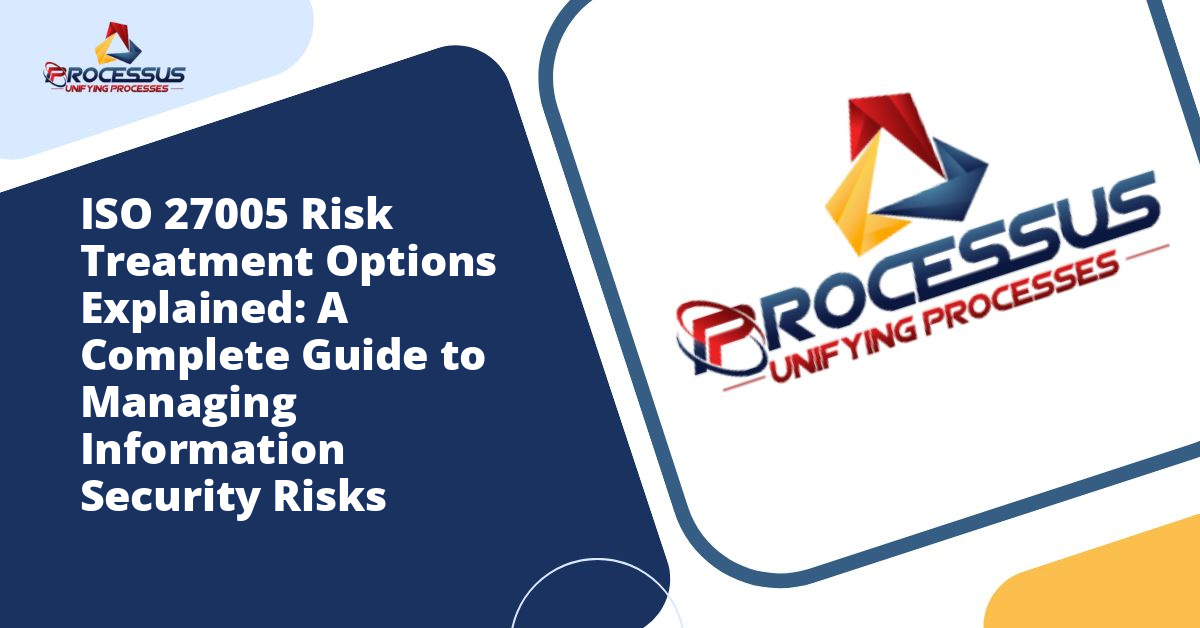In today’s interconnected digital landscape, organizations face an ever-evolving array of cybersecurity threats that can compromise sensitive data, disrupt operations, and damage reputation. As cybercriminals become more sophisticated and persistent, businesses must adopt structured approaches to identify, assess, and mitigate these risks effectively. This is where the convergence of Cyber Threat Intelligence (CTI) and ISO 27005 risk management practices creates a powerful framework for protecting organizational assets.
The integration of threat intelligence into established risk management frameworks has become not just beneficial but essential for organizations seeking to maintain robust security postures. ISO 27005, the international standard for information security risk management, provides a systematic methodology that, when combined with actionable threat intelligence, enables organizations to make informed decisions about their security investments and priorities. You might also enjoy reading about Quantitative vs Qualitative Risk Analysis in ISO 27005: A Comprehensive Guide to Information Security Risk Assessment.
What is Cyber Threat Intelligence?
Cyber Threat Intelligence represents evidence-based knowledge about existing or emerging threats to an organization’s digital assets. Unlike raw security data, CTI provides context, analysis, and actionable insights that enable security teams to understand who might attack them, what tactics adversaries might employ, and how to defend against these potential threats effectively. You might also enjoy reading about ISO 27005 and ISO 27001: How They Work Together for Comprehensive Information Security.
Threat intelligence operates at multiple levels within an organization. Strategic intelligence informs executive decision-making about long-term security investments and business risks. Tactical intelligence helps security teams understand the specific techniques and procedures that adversaries use during attacks. Operational intelligence provides information about specific incoming threats, enabling teams to prepare defensive measures. Technical intelligence delivers detailed indicators of compromise and technical artifacts that can be integrated directly into security tools. You might also enjoy reading about ISO 27005 Risk Assessment Methodology: A Complete Step-by-Step Guide for Information Security.
The value of threat intelligence extends beyond simply knowing that threats exist. It enables organizations to shift from reactive security postures to proactive defense strategies. By understanding threat actor motivations, capabilities, and targeting preferences, security teams can anticipate attacks before they occur and implement appropriate controls to prevent or minimize damage.
Understanding ISO 27005 Risk Management Framework
ISO 27005 provides comprehensive guidance for information security risk management within the context of the broader ISO 27000 family of standards. This framework establishes a systematic process for identifying, analyzing, evaluating, and treating information security risks in a way that aligns with organizational objectives and risk appetite.
The standard emphasizes a continuous, iterative approach to risk management rather than a one-time assessment. This cyclical nature ensures that risk management activities remain relevant as the threat landscape evolves, business operations change, and new technologies are adopted. The framework is intentionally flexible, allowing organizations to adapt the methodology to their specific circumstances, size, and industry requirements.
The ISO 27005 Risk Management Process
The ISO 27005 framework consists of several interconnected phases that work together to create a comprehensive risk management program. Context establishment forms the foundation, where organizations define the scope of risk management activities, establish risk criteria, and identify the internal and external factors that influence risk decisions.
Risk assessment follows, encompassing risk identification, analysis, and evaluation. During risk identification, organizations systematically catalog assets, threats, existing controls, vulnerabilities, and potential consequences. Risk analysis examines the likelihood and potential impact of identified risks, while risk evaluation compares assessed risks against established criteria to determine priorities.
Risk treatment involves selecting and implementing appropriate controls to modify risks to acceptable levels. Organizations can choose to modify risks through implementing security controls, retain risks by accepting them, avoid risks by discontinuing certain activities, or share risks through insurance or outsourcing arrangements.
Throughout this process, risk communication and consultation ensure stakeholders remain informed and engaged, while monitoring and review activities verify that risk management remains effective and relevant over time.
The Intersection of Cyber Threat Intelligence and ISO 27005
When organizations integrate cyber threat intelligence into their ISO 27005 risk management processes, they significantly enhance their ability to identify, assess, and respond to information security risks. Threat intelligence provides the real-world context that transforms theoretical risk assessments into practical, actionable security strategies.
This integration addresses a fundamental challenge in traditional risk management approaches. Many organizations struggle with risk assessments that rely heavily on generic threat catalogs or historical incident data. These approaches often fail to account for emerging threats, evolving attack techniques, or threats specific to particular industries or regions. Cyber threat intelligence bridges this gap by providing current, relevant information about the actual threat landscape facing the organization.
Enhancing Context Establishment with Threat Intelligence
During the context establishment phase of ISO 27005, threat intelligence helps organizations understand the external threat environment in which they operate. Rather than making assumptions about potential adversaries, security teams can leverage intelligence about threat actors known to target their industry, geographic region, or organization size.
This intelligence-driven approach to context establishment enables more accurate definition of risk criteria. Organizations can calibrate their risk tolerance based on realistic assessments of threat actor capabilities and intentions rather than purely hypothetical scenarios. Understanding the specific threats facing the organization also helps identify which assets are most likely to be targeted, focusing protection efforts where they matter most.
Improving Risk Identification Through Intelligence
Threat intelligence dramatically improves the risk identification phase by providing concrete information about threats, vulnerabilities, and attack vectors that adversaries actively exploit. Instead of working from generic threat catalogs, security teams can identify risks based on observed threat actor behaviors, emerging attack techniques, and vulnerabilities being exploited in the wild.
Intelligence about industry-specific threats enables organizations to identify risks that might not appear in standard frameworks but pose significant dangers to their particular sector. For example, healthcare organizations can leverage threat intelligence about ransomware groups specifically targeting medical facilities, while financial institutions can focus on intelligence about fraud schemes and payment system attacks relevant to their operations.
Vulnerability intelligence also plays a crucial role in risk identification. By understanding which vulnerabilities threat actors are actively exploiting, organizations can prioritize patching and remediation efforts based on real-world risk rather than theoretical vulnerability scores alone.
Strengthening Risk Analysis with Intelligence Data
The risk analysis phase benefits substantially from threat intelligence by enabling more accurate assessments of both likelihood and impact. Traditional risk analysis often relies on subjective estimates or historical frequency data that may not reflect current threat realities. Threat intelligence provides empirical evidence about how frequently certain attack types occur, which threat actors possess the capabilities to target the organization, and what success rates different attack methods achieve.
Intelligence about threat actor tactics, techniques, and procedures helps security teams understand how attacks might unfold and what controls would be most effective at disrupting attack chains. This understanding enables more nuanced risk analysis that accounts for the effectiveness of existing controls against specific threats rather than treating all controls as equally valuable.
Impact analysis also improves when informed by threat intelligence. Understanding what data or systems threat actors typically target, what they do with stolen information, and what ransom demands or business disruption typically result from successful attacks enables more realistic impact assessments.
Optimizing Risk Treatment Decisions
Perhaps most importantly, threat intelligence enables more effective risk treatment decisions by providing the context necessary to select appropriate controls. Not all security controls are equally effective against all threats, and threat intelligence helps organizations match controls to the specific risks they face.
For example, if threat intelligence indicates that an organization faces significant risk from phishing attacks delivering specific malware families, security teams can implement targeted controls such as email filtering rules, endpoint detection signatures, and user awareness training focused on recognizing those particular threats. This targeted approach typically proves more effective and efficient than generic security improvements.
Threat intelligence also informs risk treatment timing and prioritization. When intelligence indicates active campaigns targeting similar organizations, security teams can accelerate implementation of relevant controls rather than following standard project timelines. This agility can prevent breaches that might otherwise occur while controls remain on a future implementation roadmap.
Implementing an Integrated Approach
Successfully integrating cyber threat intelligence into ISO 27005 risk management requires careful planning and execution. Organizations should establish clear processes for collecting, analyzing, and disseminating threat intelligence to risk management stakeholders. This includes identifying relevant intelligence sources, establishing criteria for intelligence quality and relevance, and creating workflows that ensure intelligence reaches decision-makers in time to influence risk management activities.
Establishing Intelligence Requirements
Organizations should begin by defining their intelligence requirements based on their risk management needs. What types of threats are most relevant to the organization? What level of detail is necessary to support risk assessment activities? What timeframes are critical for different types of intelligence? Answering these questions helps focus intelligence collection efforts on information that will genuinely improve risk management outcomes.
Intelligence requirements should align with the organization’s assets, business processes, and risk appetite. A retail organization might prioritize intelligence about payment card fraud and point-of-sale malware, while a defense contractor would focus more heavily on nation-state threat actors and intellectual property theft.
Selecting Intelligence Sources
Organizations can access threat intelligence from numerous sources, each offering different types of information and perspectives. Commercial threat intelligence platforms provide curated, analyzed intelligence with tools for integration into security operations. Industry sharing groups offer sector-specific intelligence and peer insights about threats affecting similar organizations. Open source intelligence from security researchers, vendor advisories, and public reporting provides broad threat awareness at no cost.
Government sources such as national cybersecurity centers often provide intelligence about nation-state threats and critical vulnerabilities affecting national infrastructure. Internal intelligence derived from an organization’s own security monitoring and incident response activities offers the most specific and relevant insights about threats actually reaching the organization.
An effective intelligence program typically leverages multiple sources to gain comprehensive threat visibility. The key is ensuring that intelligence from various sources can be aggregated, correlated, and analyzed collectively to provide a unified threat picture.
Creating Intelligence-Driven Risk Processes
Organizations should modify their risk management processes to systematically incorporate threat intelligence at each phase. This might include adding intelligence review as a formal step in risk assessments, requiring risk treatment plans to reference specific threat intelligence, or establishing triggers that initiate risk reassessments when significant new intelligence emerges.
Regular intelligence briefings for risk management teams help ensure that risk decisions reflect current threat realities. These briefings might cover emerging threats, changes in threat actor targeting, new vulnerabilities being exploited, or shifts in attack techniques that affect the effectiveness of existing controls.
Documentation is critical for maintaining the connection between intelligence and risk decisions. Risk registers should reference the specific intelligence that informed likelihood assessments, control selections, and priority decisions. This documentation creates an audit trail that demonstrates due diligence and enables future review of whether risk decisions reflected the best available intelligence at the time.
Benefits of Integration
Organizations that successfully integrate cyber threat intelligence into their ISO 27005 risk management processes realize numerous benefits. Risk assessments become more accurate and credible because they reflect real threat data rather than hypothetical scenarios. Security investments align more closely with actual risks, improving return on security spending and reducing wasted effort on controls that do not address relevant threats.
Decision-making improves at all levels of the organization. Executives gain better understanding of the specific threats facing the business and can make informed decisions about risk acceptance and security investments. Security teams can prioritize their efforts based on which risks pose the greatest danger rather than addressing risks in arbitrary order or based solely on compliance requirements.
The organization’s security posture becomes more proactive and adaptive. Rather than waiting for incidents to occur and then responding, security teams can anticipate threats and implement defensive measures in advance. When the threat landscape shifts, integrated intelligence enables rapid reassessment and adjustment of security controls to address new risks.
Compliance and audit processes also benefit from this integration. Demonstrating that risk management incorporates current threat intelligence provides strong evidence of due diligence and mature security practices. Auditors increasingly expect organizations to justify risk decisions with reference to actual threat data rather than generic assumptions.
Challenges and Considerations
Despite its benefits, integrating threat intelligence into risk management presents several challenges that organizations must address. Intelligence quality varies significantly across sources, and security teams must develop the expertise to evaluate intelligence reliability, relevance, and timeliness. Not all intelligence providers offer equal value, and distinguishing actionable intelligence from noise requires skill and experience.
Resource constraints affect many organizations’ ability to effectively leverage threat intelligence. Consuming, analyzing, and acting on intelligence requires dedicated personnel, tools, and processes. Smaller organizations may struggle to justify these investments, though they can often achieve significant benefits by focusing on a smaller number of high-quality intelligence sources and automating intelligence consumption where possible.
Intelligence sharing and privacy concerns also require careful management. Organizations must balance the benefits of sharing threat information with peers against concerns about disclosing security incidents or vulnerabilities. Clear policies about what information can be shared, with whom, and under what circumstances help organizations participate in intelligence sharing communities while protecting sensitive information.
Finally, organizations must recognize that threat intelligence complements rather than replaces other inputs to risk management. Intelligence should inform risk decisions alongside consideration of compliance requirements, business objectives, resource constraints, and organizational culture. The goal is integration, not substitution.
Looking Forward
The cybersecurity landscape continues evolving at a rapid pace, with threat actors constantly developing new techniques and targeting new vulnerabilities. Organizations that integrate cyber threat intelligence into their ISO 27005 risk management frameworks position themselves to adapt to these changes more effectively than those relying solely on historical data or generic threat models.
As threat intelligence capabilities mature and become more accessible, integration with risk management frameworks will likely become standard practice rather than an advanced capability. Organizations beginning this integration journey today are establishing competitive advantages in security effectiveness and operational resilience that will serve them well as cyber threats continue intensifying.
The convergence of threat intelligence and risk management represents a natural evolution in how organizations approach cybersecurity. By grounding risk decisions in empirical threat data while following structured risk management methodologies, organizations can achieve security outcomes that are both more effective and more efficient than traditional approaches deliver.
Success in this endeavor requires commitment from leadership, investment in capabilities and skills, and persistence in developing and refining processes over time. However, for organizations serious about managing cyber risk effectively in an increasingly hostile digital environment, integrating cyber threat intelligence into ISO 27005 risk management is not merely beneficial but essential for long-term security and business success.







